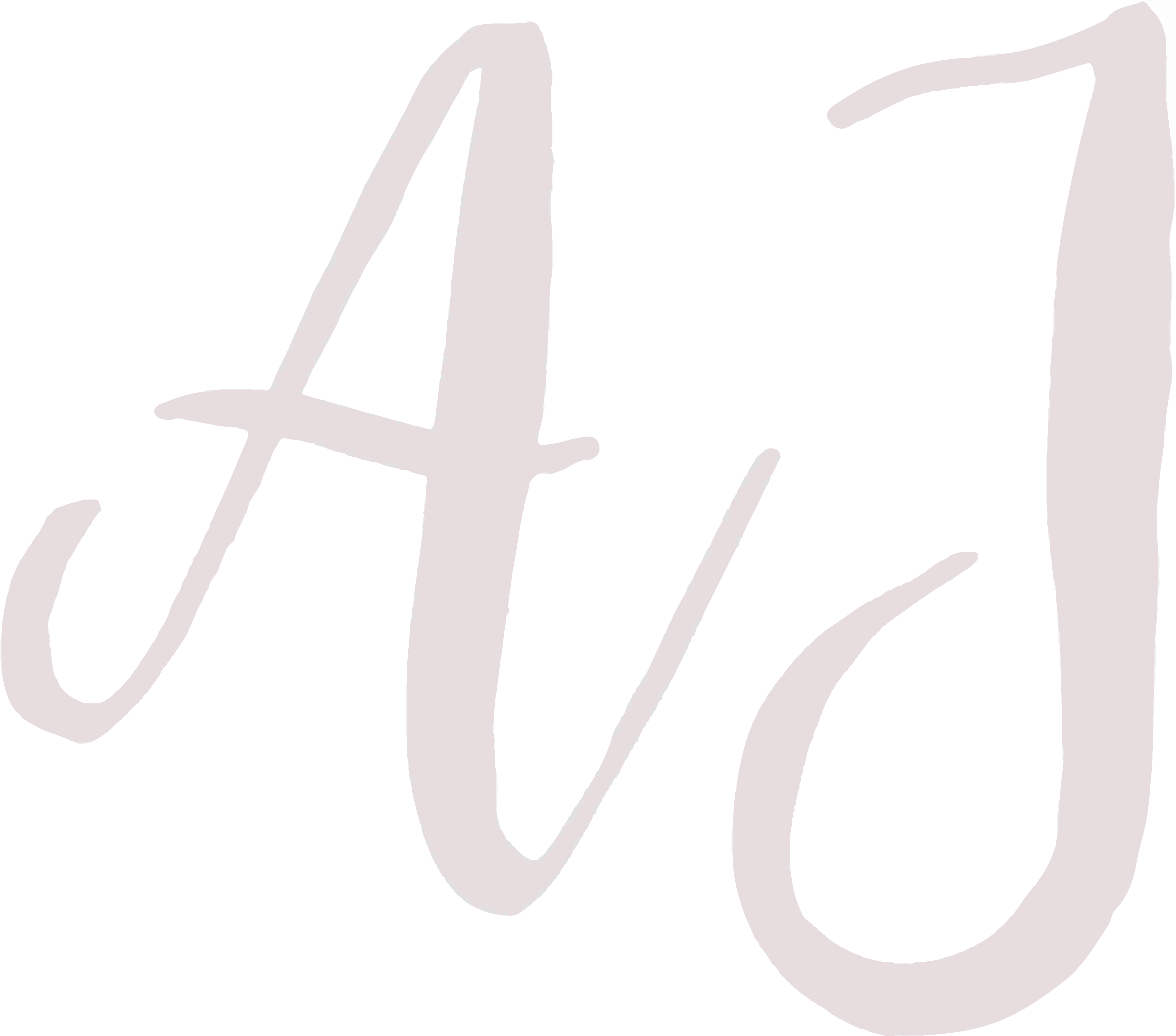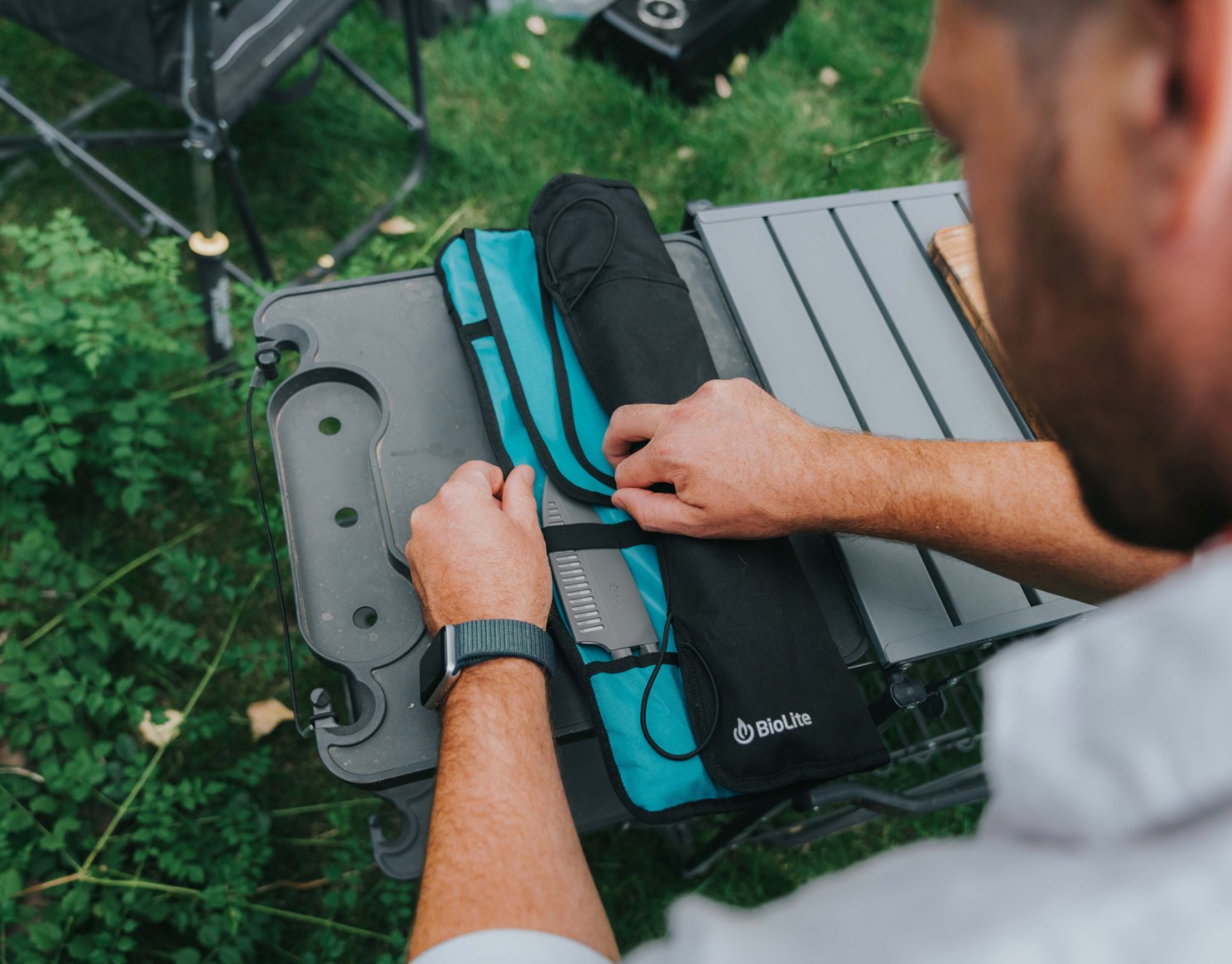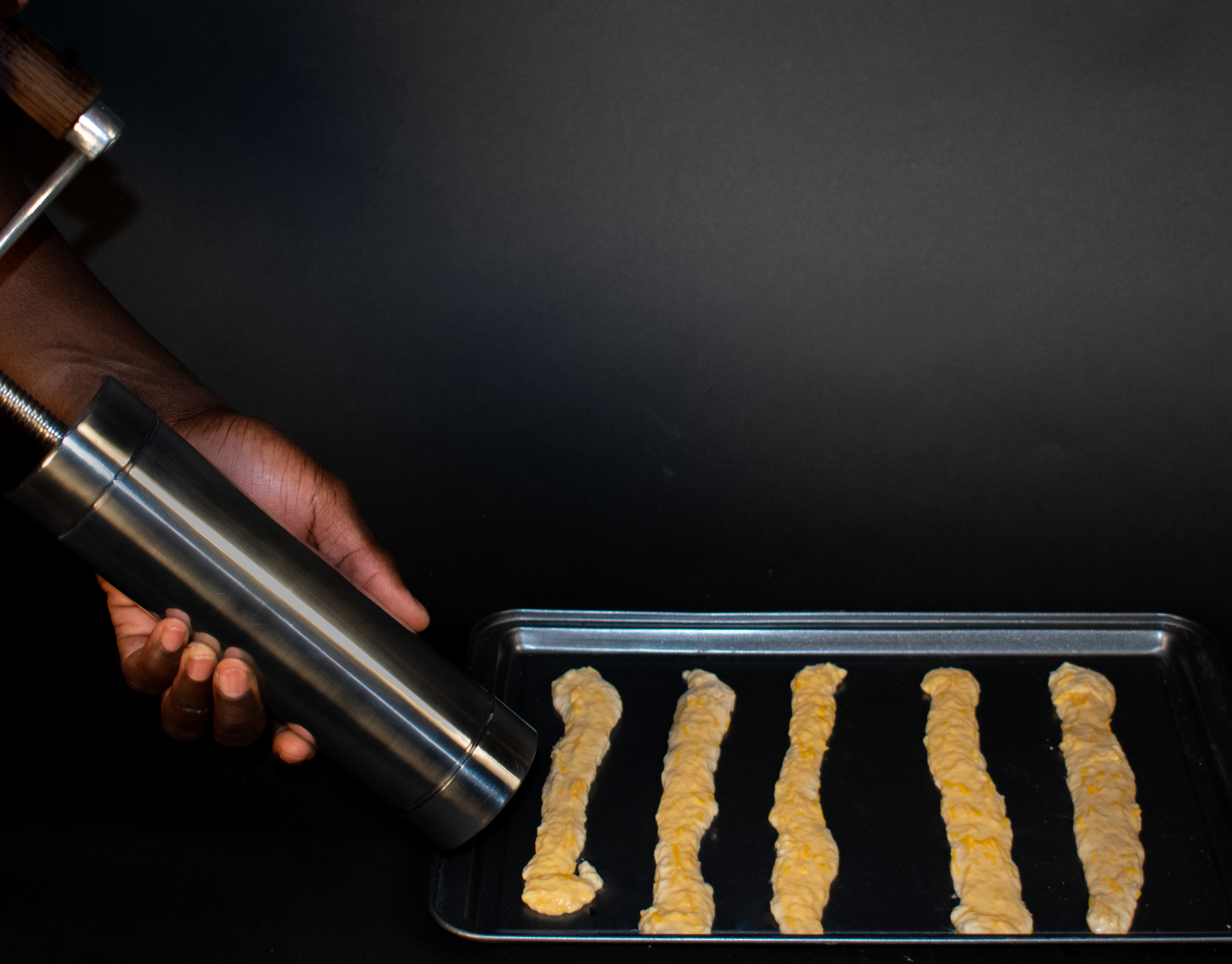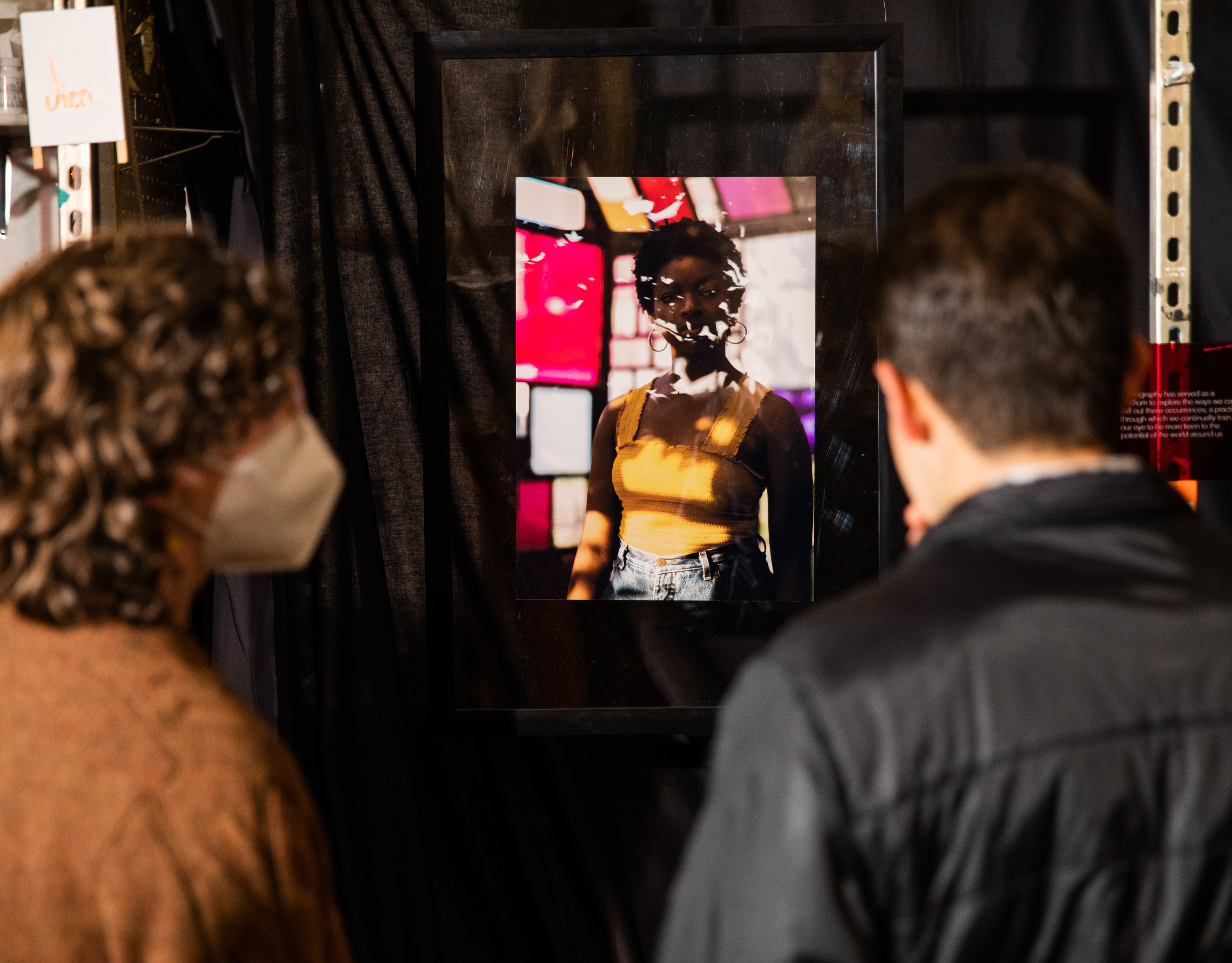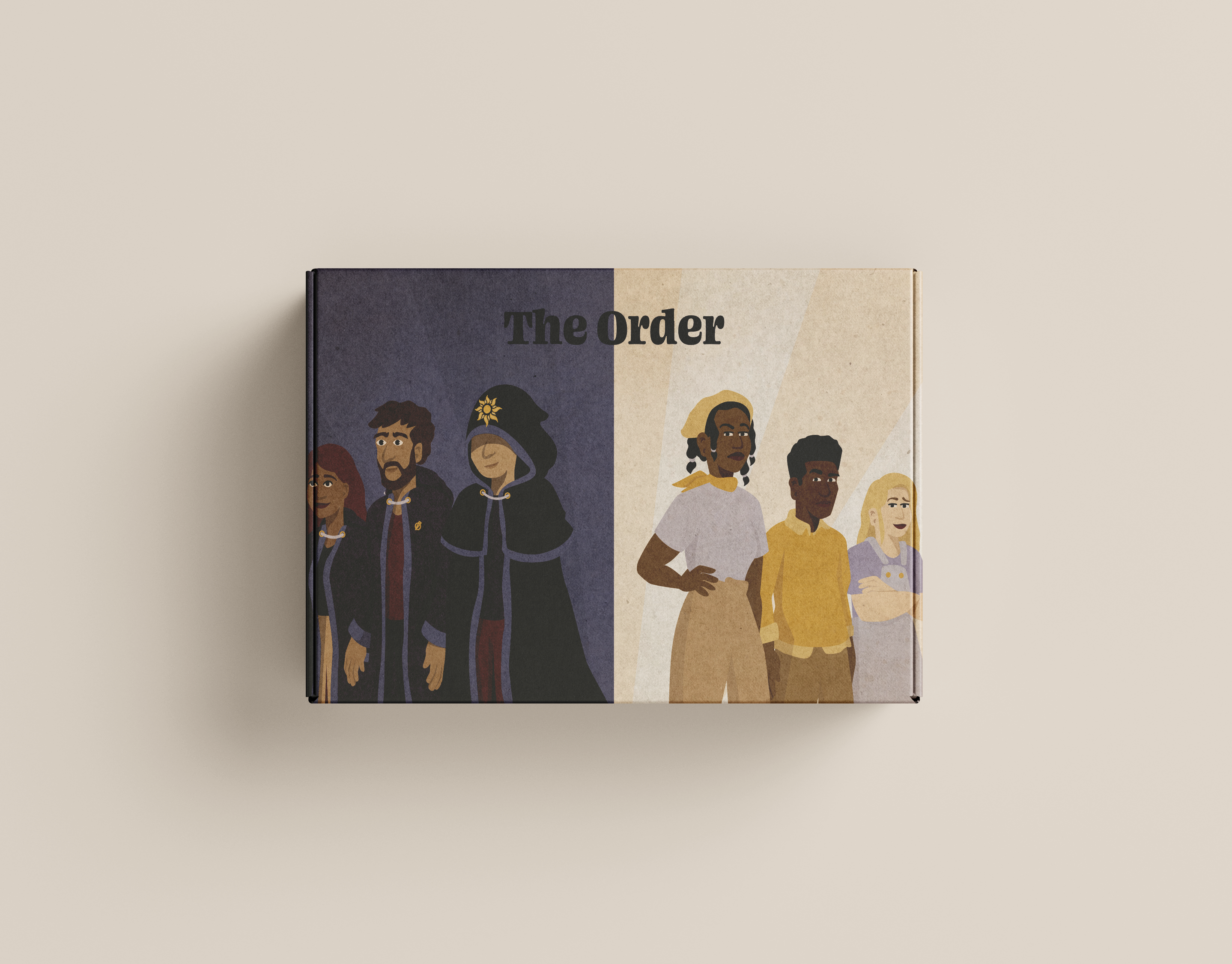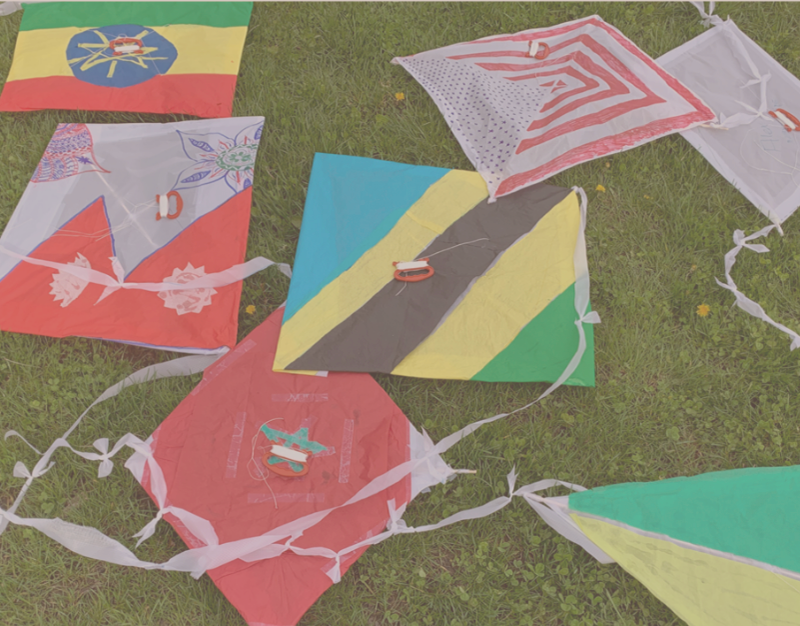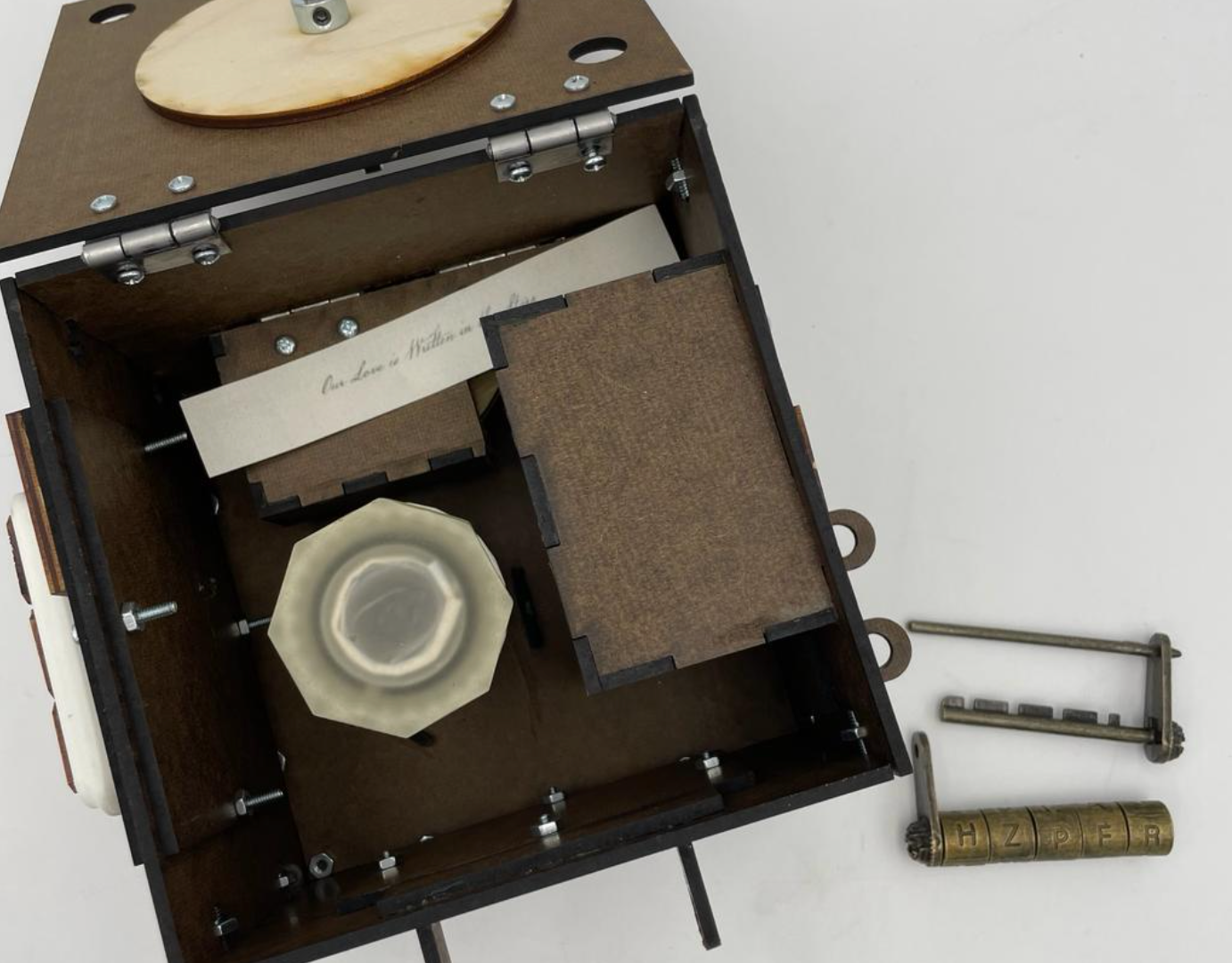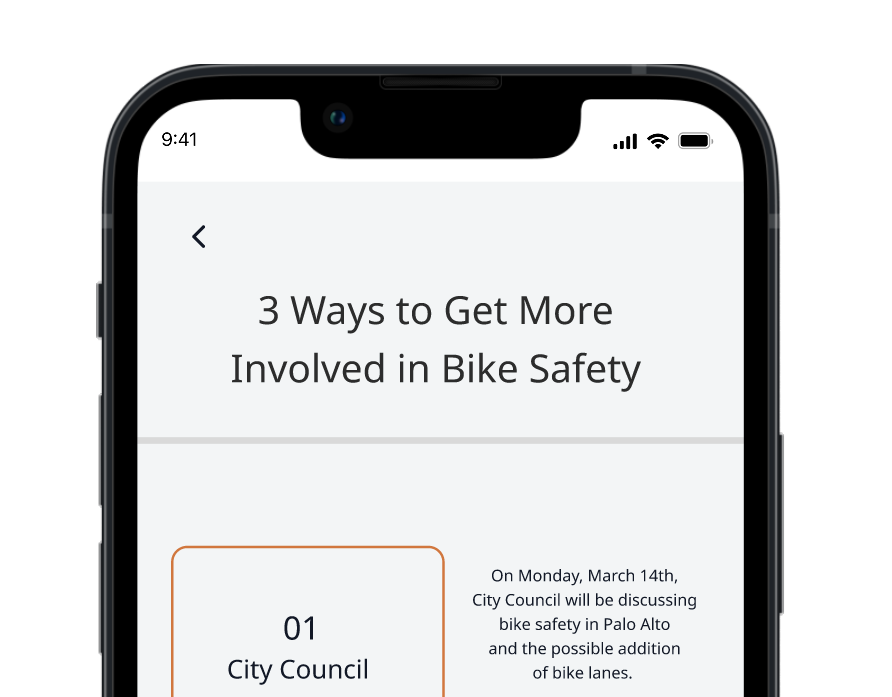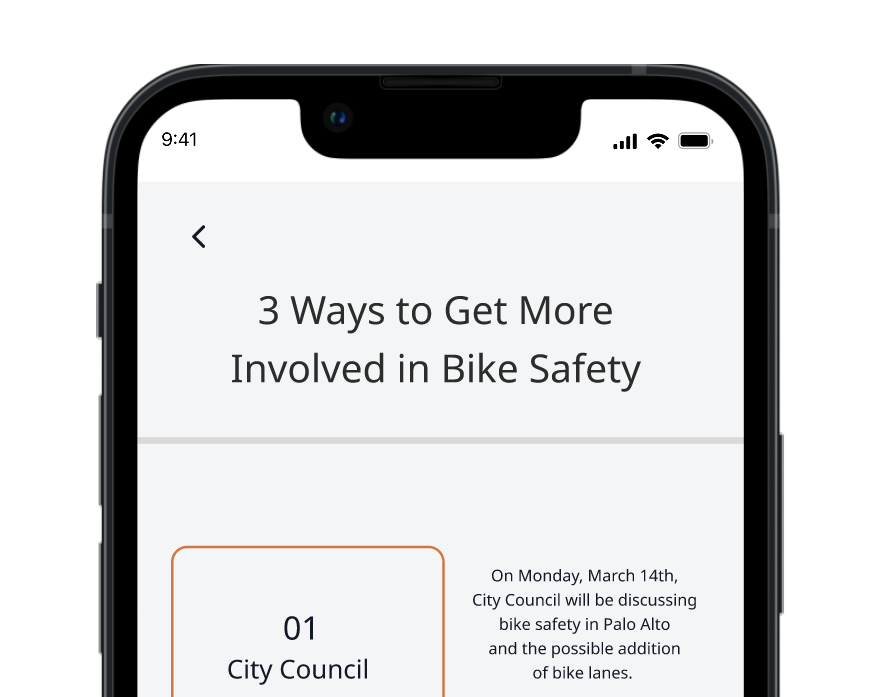As a Design Educator for DownCity Design, I co-instructed a free year-long Industrial Design after-school program for Providence public school students. We took on the client-based work of designing and building a river trash collection system for the Providence River.
Our first semester was spent exploring and acquainting ourselves with the common locations and types of trash build-up that we needed to solve for. This required frequent design reviews with our client and trips to the build-site.
In the program's second semester my co-educator and I guided the students in evolving concept generations. The students ended the year by presenting a working scaled model of a river installation proposal. Check out our demo in the video below!
My students were often children of immigrants from rapidly gentrifying communities in Southern Providence. Prior to this project, most had never ventured one mile outside of their enclave where the Providence River sat; a dividing line between them and the city’s institutional markers of wealth.
As we engaged in the process of designing for that very river, I witnessed them transition from having little exposure to parts of their city to sitting in board rooms alongside traditional stakeholders defining their city. I saw how this empowered them. Our process reflected their often unconsidered yet deeply important relationship with Providence, which inevitably yielded a unique and creative final product.


Examining hubs for trash aggregation through site visit photos.

brainstorm and sketch challenge

Developing river models to understand design placement. We explored repurposing river bridges as an anchor point.

A study on gear mechanisms to effectively apply to our design


An unsuccessful trial run of our first concept. Understanding features that contributed to failure allowed us to move forward towards success!


